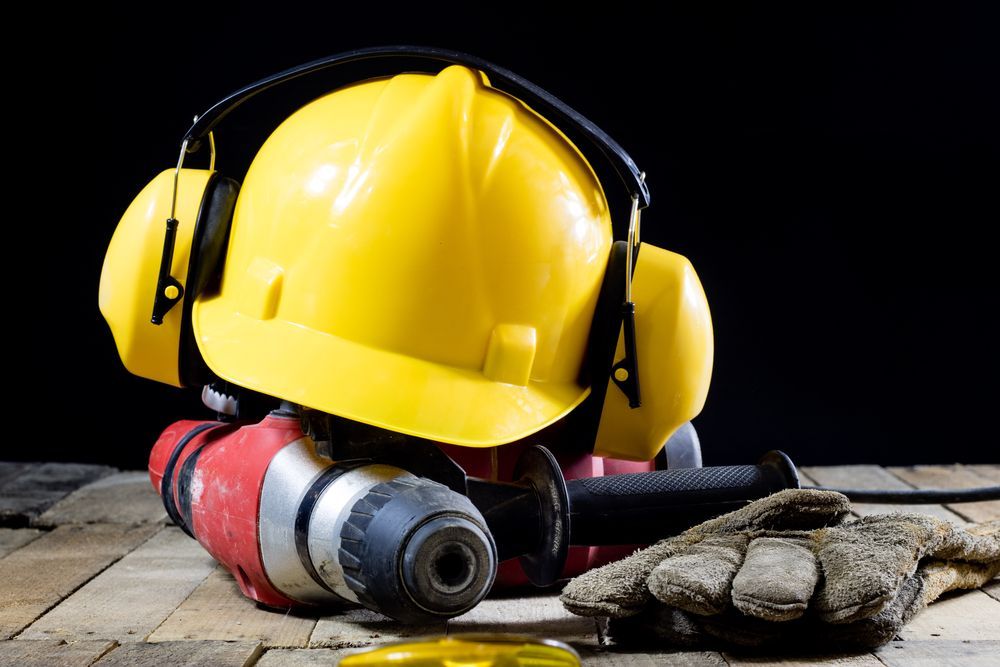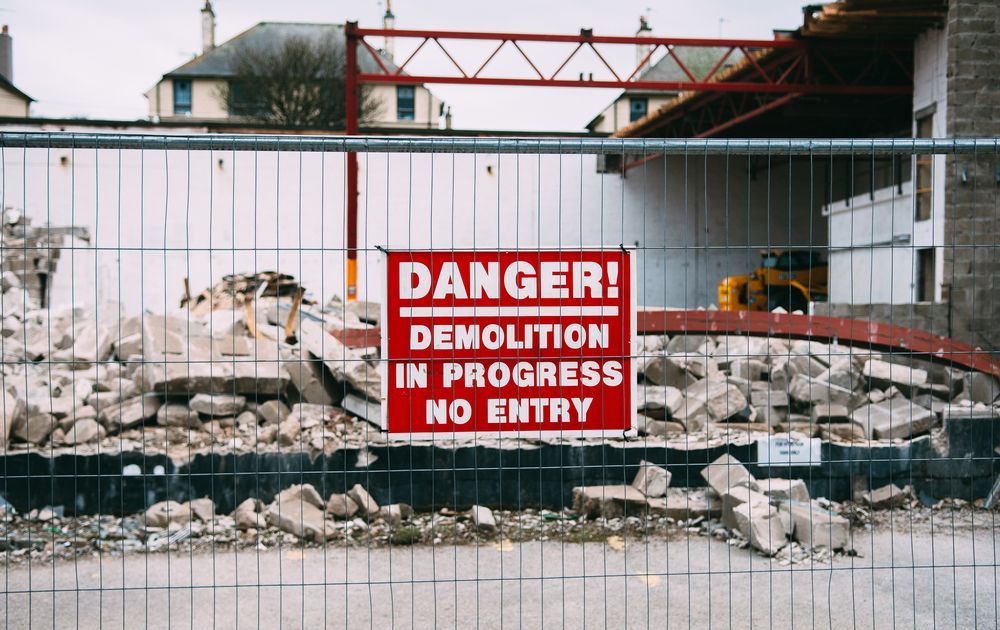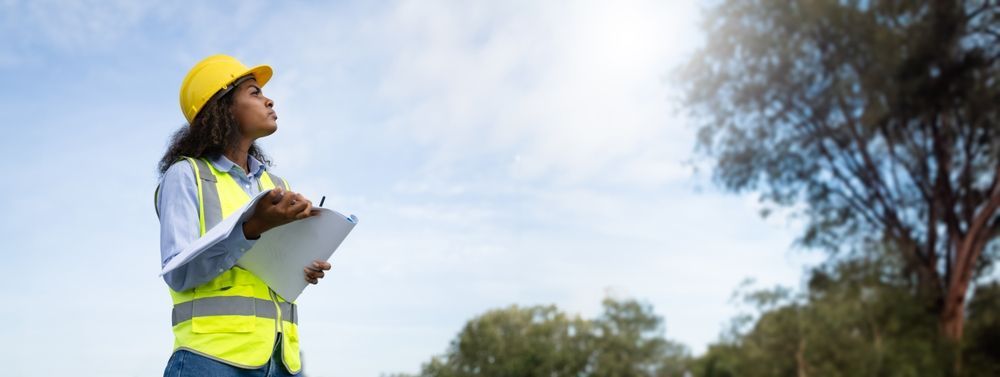How to Prepare Your Property For Commercial Demolition
Share this article:
Written by: Alpine Demolition

Getting ready to demolish a property? Like anything, there's a process that you must first follow to ensure you're meeting the necessary planning requirements before taking a wrecking ball to any building. There's an old adage that "practice makes perfect." in the demolition and construction realm, you could revise this to say "planning makes perfect."
In this post, we'll discuss how to prepare for commercial demolition to ensure a safe and efficient work site. Read on to learn more or contact Alpine Demolition for more information today.
Obtain Permits
The first step in any demolition prep is to pull the necessary permits from your local municipality. This helps ensure you comply with zoning regulations, environmental guidelines, and safety standards. Permits also ensure legal compliance and can help minimize the risk of any delays throughout the project. It's always best to engage with your municipality and relevant regulatory bodies early in the planning stages. Obtaining permits can take time, and waiting too long to do it can put your project behind schedule.
Survey the Building
How well do you know the building that you're about to take down? That's where surveying becomes important when you prepare for demo. Think of a survey as an inspection of the property. You can help identify construction materials, check for any hazards, observe structural conditions, and discover any other issues.
Develop a Demolition Plan
Remember what we said about how proper planning makes perfect? The next step in your preparation is developing a demolition site plan, which essentially serves as the blueprint for the entire project. This plan covers a lot, including:
- The sequence of demolition
- How waste will be managed and removed from the site
- Safety protocol
- Mitigating environmental contamination
- Other site-specific challenges, such as addressing the potential impact on neighboring properties, structural stability assessments, a plan for disconnecting utilities, and more.
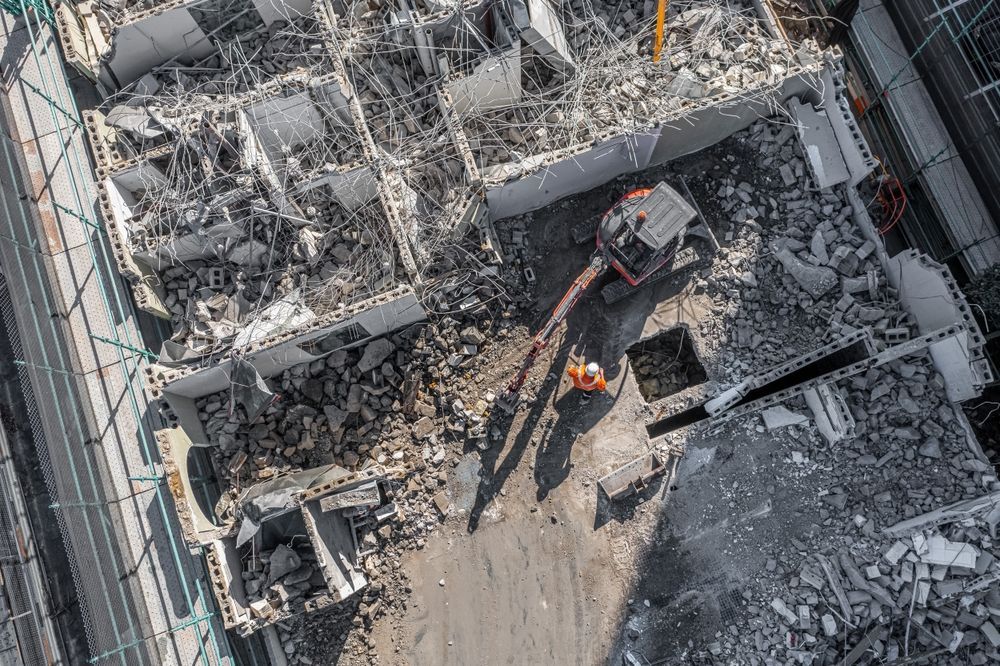
We always suggest working with a trusted, experienced demolition contractor on any demolition project to ensure a robust plan and that all factors are being properly accounted for. A good demolition plan doesn't just serve as the blueprint for any demolition project, it can also help maximize efficiency, reduce risk, and standardize the project from beginning to end. Here's a closer look at some of the specific aspects of a demolition plan.
Pre-Demo Risk Assessment
Risk management is an important aspect of any construction or demolition project. A good risk management plan helps protect the health and safety of workers, the environment, and the surrounding community. A thorough risk assessment that helps to identify any risks or hazards and then puts proper control measures into place is a necessary aspect of any demolition plan.
Safety Protocols
Nothing should be more important than the health and safety of the men and women who are doing the demolition work. However, construction and demolition are more at-risk professions, underscoring the need to ensure proper safety protocols are put in place. The safety protocols you detail are largely based on the type of demolition method you'll be carrying out and what you discovered when you surveyed the building. Create a robust plan and ensure that all your workers are properly trained on it.
Environmental Impact
It should also be a goal to minimize the impact of the surrounding environment on any demolition job. Implement the right strategies to control dust and other airborne particles. This part of the plan may also address protecting nearby water sources from pollution. Additionally, any hazardous materials that are discovered in the building during surveying (i.e., lead, asbestos, etc.) must be properly remediated before demolition to prevent environmental contamination.
Waste Management
Once a building comes down, you can't just leave the debris and materials on the site. It's essential to ensure that all waste is properly managed and disposed of. You'll need to rent dumpsters to haul away discarded building materials. We also suggest sorting debris to determine what can and cannot be recycled. One other waste management strategy is to upcycle certain materials. For instance, concrete crushing can turn old concrete into backfill material for roads, driveways, and parking lots. It can also save money on disposal fees.
Disconnect Utilities
Before you start demolition, it's imperative to disconnect the utilities. Similar to pulling permits, you'll want to engage the utility companies early on in the process to ensure that the water, gas, and electric lines are properly shut off before you begin demolition.
Remove Hazardous Materials
Hazardous materials, like lead and asbestos, are common in older buildings and could pose significant harm to workers and surrounding properties if they're not properly removed. You should have identified any potential hazards when you surveyed and inspected the site. Ensuring they're properly removed is paramount to the safety of everyone.
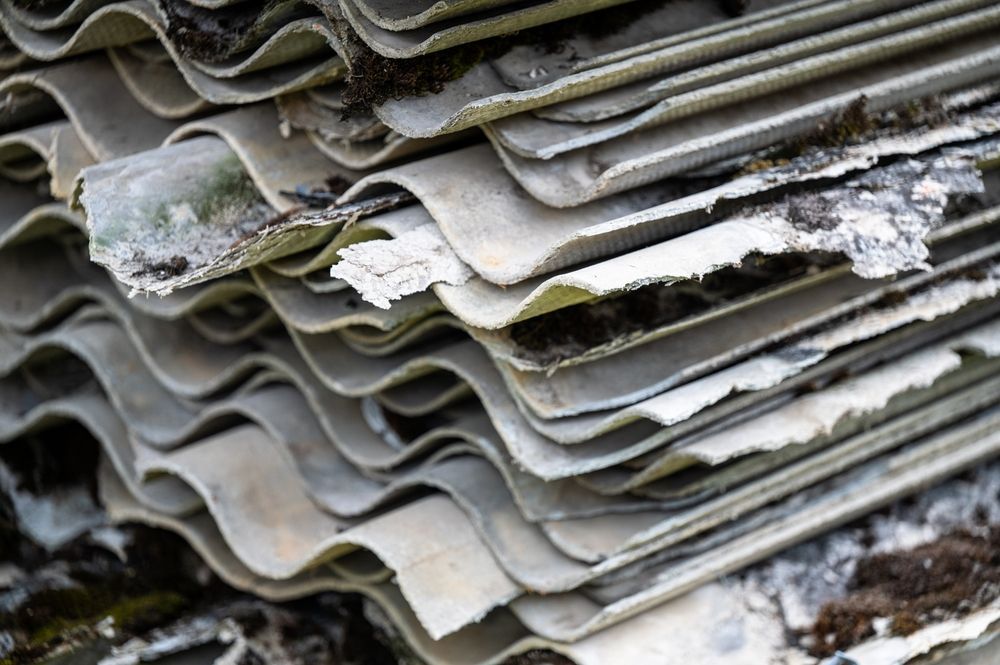
Choose a Demolition Method
There are various
demolition methods to select from - and they all have their pros and cons. From implosion to excavator demolition to selective demolition to partial demolition and more, typically the type of building that you're bringing down will dictate the type of demolition that is done. Make sure you know the pros and cons of each and what type of demolition would be best for your project.
Secure the Site
Last but not least, it's important to properly secure the site before demolition begins. This should be included as part of the project's safety plan. Securing the site helps prevent unauthorized access and helps keep the public around the site safe.
Unsure Where to Start? Alpine Can Help!
For more information on how to prepare for commercial demolition, contact Alpine Demolition today. As experienced demolition contractors, we have more than 2,000 successful demolition projects to our name and an industry-leading 95 percent customer satisfaction rate to show for it. Contact us today for more information.
